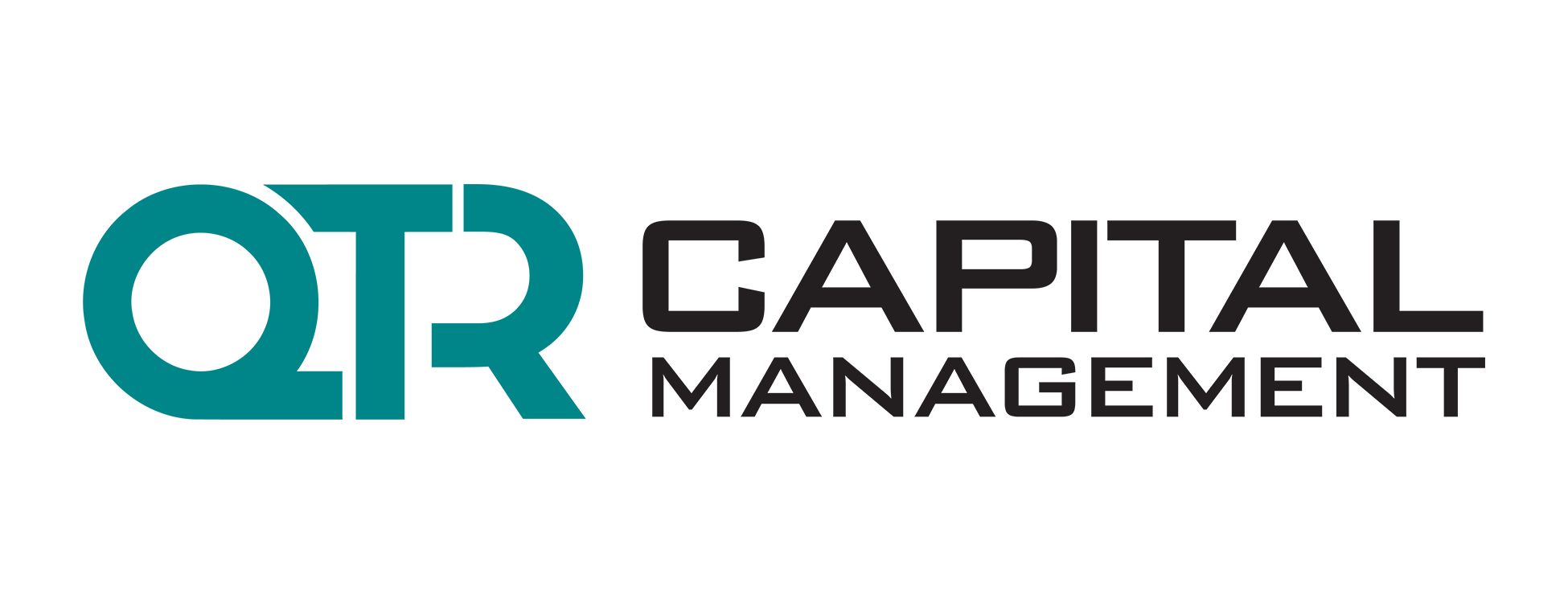How long is the typical trade held open for the DAC strategy?
The objective of the DAC strategy is to extract maximum gain from a strong directional move in a short period of time. Each trade is either bullish or bearish, is an in-the-money (ITM) long call or put, and is typically open for 4 to 21 days.
What methodology is used to pick trades for the DAC strategy?
The Directional Alpha Collection strategy (DAC) identifies high probability, long and short directional trades on highly liquid stocks using a proprietary 4 level scanner comprising technical, fundamental and quantitative analysis. The objective of the service is to extract maximum gain from a strong directional move in a short period of time. Each trade is either bullish or bearish, is an in-the-money (ITM) long call or put, and is typically open for 4 to 21 days. The bullish trades are on fundamentally strong companies that have high probability bullish technical setups. The bearish trades are on fundamentally weak companies that have high probability bearish technical setups. Four percent of capital is allocated to each trade where each trade represents an individual statistical event.
The methodology is focused on maximizing the effectiveness of specific technical set-ups. While these technical set-ups are consistent and predictable, periodically exogenous factors will cause a trade to fail. By augmenting the technical set-ups with a fundamental screen and a proprietary quantitative model, we increase the probabilities that the set-ups will follow-through and complete as expected.
What is the potential max loss for a DAC trade, and how is the risk managed?
Each trade is either bullish or bearish, is an in-the-money (ITM) long call or put, and is typically open for 4 to 21 days. Each trade is a debit trade where the max loss is the premium that we paid to open the trade. The loss cannot exceed the debit that we paid to buy the call or put. That said, our losing trades average 35% loss per trade. We manage this by allocating a maximum of 4% of capital to each trade, so the portfolio is diversified across 20 to 25 trades. This allows any single trade to have a minimized effect on overall P/L. Historically, 40% of trades for the DAC service are losing trades.
For the winners, historically, 60% are winners, and the gain for the winners range between +15% to more than +150%.
How much money do I need to get started with the DAC strategy?
The DAC strategy requires a minimum of $10,000. It then moves up in $10,000 increments, where the next step up would be $20,000.
Who is the chief publisher of this strategy?
Pranav Singh is Chief Publisher for Directional Alpha Collection (DAC) and Trade of the Day Long/Short Options Newsletter (TOTD). His primary area of interest is quantitative trading strategies that blend technical and fundamental analysis. Pranav is a graduate of Bentley University with degrees in Economics-Finance and Mathematics. He resides in the New York Area.
Who is this strategy for?
The DAC strategy is designed to augment and diversify any existing portfolio. By allocating 10% of your portfolio to the DAC strategy, you can increase your overall yearly ROI by an additional 2% to 3% annually. Because this strategy is directional and uses option debits, it combines well with a credit collecting strategy such as the Iron Condor service.
When a strategy is Hedged, or Long/Short what does this mean?
A long/short strategy simultaneously opens bullish and bearish trades. Sometimes this type of strategy is called a market neutral strategy because it can make money in both directions. For the majority of the QTR Capital strategies, we don’t short individual stocks. However, we will open macro hedges through the purchase of index option puts, when appropriate, periodically allocating up to 15% of the portfolio to short positions that will help reduce draw-down in the case of a market correction or crash.
